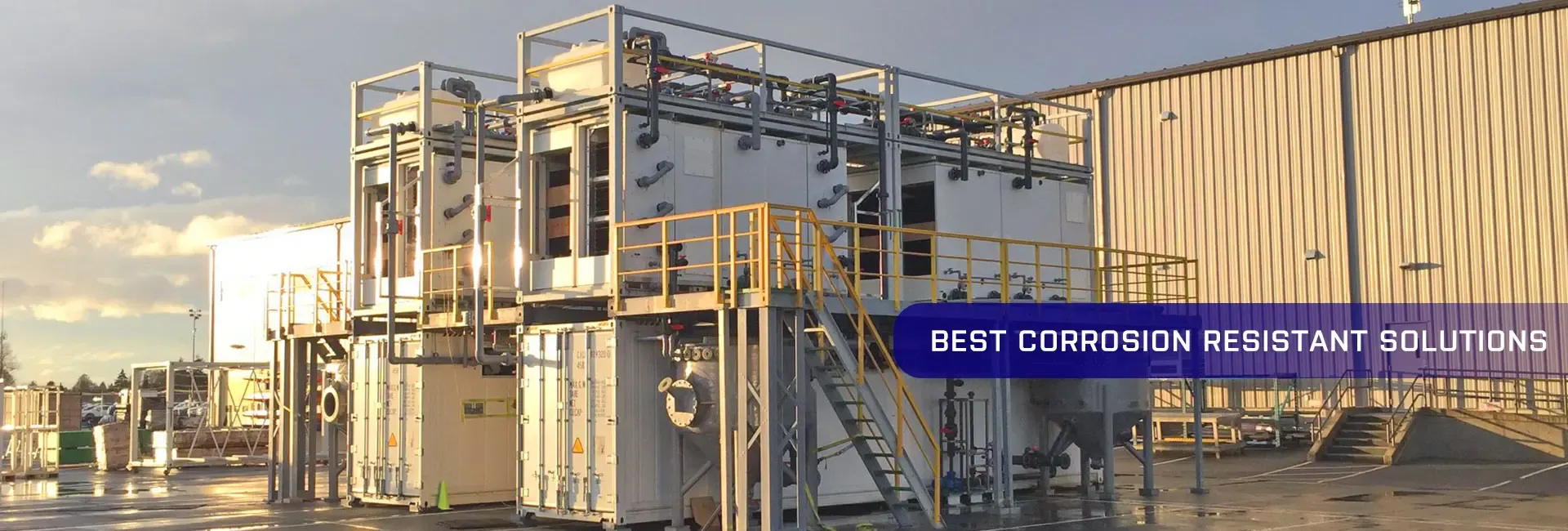
-
 Afrikaans
Afrikaans -
 Albanian
Albanian -
 Amharic
Amharic -
 Arabic
Arabic -
 Armenian
Armenian -
 Azerbaijani
Azerbaijani -
 Basque
Basque -
 Belarusian
Belarusian -
 Bengali
Bengali -
 Bosnian
Bosnian -
 Bulgarian
Bulgarian -
 Catalan
Catalan -
 Cebuano
Cebuano -
 China
China -
 China (Taiwan)
China (Taiwan) -
 Corsican
Corsican -
 Croatian
Croatian -
 Czech
Czech -
 Danish
Danish -
 Dutch
Dutch -
 English
English -
 Esperanto
Esperanto -
 Estonian
Estonian -
 Finnish
Finnish -
 French
French -
 Frisian
Frisian -
 Galician
Galician -
 Georgian
Georgian -
 German
German -
 Greek
Greek -
 Gujarati
Gujarati -
 Haitian Creole
Haitian Creole -
 hausa
hausa -
 hawaiian
hawaiian -
 Hebrew
Hebrew -
 Hindi
Hindi -
 Miao
Miao -
 Hungarian
Hungarian -
 Icelandic
Icelandic -
 igbo
igbo -
 Indonesian
Indonesian -
 irish
irish -
 Italian
Italian -
 Japanese
Japanese -
 Javanese
Javanese -
 Kannada
Kannada -
 kazakh
kazakh -
 Khmer
Khmer -
 Rwandese
Rwandese -
 Korean
Korean -
 Kurdish
Kurdish -
 Kyrgyz
Kyrgyz -
 Lao
Lao -
 Latin
Latin -
 Latvian
Latvian -
 Lithuanian
Lithuanian -
 Luxembourgish
Luxembourgish -
 Macedonian
Macedonian -
 Malgashi
Malgashi -
 Malay
Malay -
 Malayalam
Malayalam -
 Maltese
Maltese -
 Maori
Maori -
 Marathi
Marathi -
 Mongolian
Mongolian -
 Myanmar
Myanmar -
 Nepali
Nepali -
 Norwegian
Norwegian -
 Norwegian
Norwegian -
 Occitan
Occitan -
 Pashto
Pashto -
 Persian
Persian -
 Polish
Polish -
 Portuguese
Portuguese -
 Punjabi
Punjabi -
 Romanian
Romanian -
 Russian
Russian -
 Samoan
Samoan -
 Scottish Gaelic
Scottish Gaelic -
 Serbian
Serbian -
 Sesotho
Sesotho -
 Shona
Shona -
 Sindhi
Sindhi -
 Sinhala
Sinhala -
 Slovak
Slovak -
 Slovenian
Slovenian -
 Somali
Somali -
 Spanish
Spanish -
 Sundanese
Sundanese -
 Swahili
Swahili -
 Swedish
Swedish -
 Tagalog
Tagalog -
 Tajik
Tajik -
 Tamil
Tamil -
 Tatar
Tatar -
 Telugu
Telugu -
 Thai
Thai -
 Turkish
Turkish -
 Turkmen
Turkmen -
 Ukrainian
Ukrainian -
 Urdu
Urdu -
 Uighur
Uighur -
 Uzbek
Uzbek -
 Vietnamese
Vietnamese -
 Welsh
Welsh -
 Bantu
Bantu -
 Yiddish
Yiddish -
 Yoruba
Yoruba -
 Zulu
Zulu
frp dual lamination product
Understanding FRP Dual Lamination Products
Fiber Reinforced Polymer (FRP) dual lamination products are innovative materials extensively used in various industries, thanks to their unique properties that combine strength, durability, and versatility. In this article, we will explore what FRP dual lamination entails, its applications, benefits, and how it stands out in today’s material science.
What is FRP Dual Lamination?
FRP dual lamination refers to a manufacturing process where multiple layers of fiber-reinforced polymers are combined to enhance the overall properties of the material. Typically, FRP involves embedding fibers, like glass or carbon, in a polymer matrix. This combination creates a material that is lightweight yet incredibly strong and resistant to corrosion and environmental degradation. The dual lamination aspect often entails using two different layers of materials to optimize our properties for specific applications, providing a balance of mechanical strength and resistance to harsh conditions.
Key Benefits
1. Superior Strength-to-Weight Ratio One of the standout features of FRP dual lamination products is their exceptional strength-to-weight ratio. For industries like aerospace and automotive, where weight savings translate directly into performance gains, this characteristic is invaluable.
2. Corrosion Resistance The use of polymer matrices in FRP helps render products highly resistant to corrosion, making them suitable for applications in marine environments, chemical processing, and other areas where exposure to harsh substances is prevalent.
3. Thermal and Electrical Insulation FRP materials exhibit excellent thermal and electrical insulating properties. This makes them ideal for applications in electrical and electronic components, enhancing safety and efficiency.
frp dual lamination product

4. Customizability The dual lamination process allows for tailoring the properties of the material to meet specific needs. By varying the types of fibers and matrix materials used, manufacturers can create products with unique characteristics suitable for specialized applications.
Applications of FRP Dual Lamination Products
FRP dual lamination technology finds applications across various sectors. In the construction and civil engineering industries, these materials are used for bridge components, roofing, and cladding, owing to their durability and lightweight nature.
Additionally, in the automobile industry, they are utilized in the production of body panels, inner structures, and other components where reduced weight and increased strength improve fuel efficiency and performance.
Moreover, the electrical sector relies on FRP for insulators and housings, while the marine industry uses these products for boat hulls and components that require durability and resistance to seawater.
Conclusion
FRP dual lamination products represent a significant advancement in materials technology, offering a compelling combination of strength, durability, and customization. As industries continue to seek innovative solutions to improve efficiency and performance while minimizing weight and material costs, the applications of FRP dual lamination are likely to expand. Whether in construction, automotive, or marine applications, the versatility of FRP could well be pivotal in shaping the future of material science. With ongoing research and development, we can anticipate even more enhancements in this field, solidifying FRP’s role as a cornerstone of modern engineering solutions.
Latest news
-
Exploring the Benefits of Top Hammer Drifter Rods for Enhanced Drilling PerformanceNewsJun.10,2025
-
High-Precision Fiberglass Winding Machine for GRP/FRP Pipe Production – Reliable & Efficient SolutionsNewsJun.10,2025
-
FRP Pipes & Fittings for Shipbuilding - Corrosion-Resistant & LightweightNewsJun.09,2025
-
Premium FRP Flooring Solutions Durable & Slip-ResistantNewsJun.09,2025
-
Premium Fiberglass Rectangular Tanks Durable & Lightweight SolutionNewsJun.09,2025
-
Tapered Drill String Design Guide Durable Performance & UsesNewsJun.09,2025









